Lead Paint Part III: Removing Lead from the Home
Once lead is found on your property, it is imperative to remove it as required by Massachusetts Lead Law if children under six will be living in the home. Landlords are required to comply with the law if children or pregnant women will be tenants in their property. For more information on tenants' rights and the Lead Law concerning renting, please consult the Lead Paint Transfer Notification Packet.
The lead law can be complied with in one of two ways:
All lead hazards must be removed or covered. With this method, a Letter of Full Compliance will be issued once the work is approved.
Urgent lead hazards must be corrected and remaining hazards must be controlled. This falls under a term known as interim control. Owners would then receive a Letter of Interim Control, allowing them up to two years before they must have the remaining lead hazards removed or covered to accomplish full compliance.
How is lead removed?
It is imperative that lead removal is tackled by a licensed professional. Although owners can be certified to remove lead from their property, it is certainly recommended to allow someone trained in lead removal to deal with this hazardous task. Methods to remove lead contamination include:
Encapsulation: Arguably the most cost effective and simple method, encapsulation involves a special paint-like coating that creates a watertight bond and seals in the lead paint. It can either be brushed or rolled onto the surface in question. If the surface comes in contact with doors or windows that are often opened and closed, the friction may cause the coating to wear off.
Enclosure: With this method, the contaminated area is covered by a new surface, such as new drywall or covering windowsills with aluminum or vinyl. If the newer surface is ever removed, you’ll have to deal with the contaminated area underneath again.
Removal: Professionals use varying methods to eliminate lead from a contaminated surface. Wire brushing or wet hand scraping with liquid paint removers are among the most common. In addition, a contractor may wet sand surfaces or use an electric sander equipped with a high efficiency particulate air (HEPA) filtered vacuum. Any sort of burning or torching, machine sanding without a HEPA attachment, abrasive blasting, and power washing without a means to trap water or paint chips should be avoided at all costs.
Replacement: A more extreme option, this method involves the removal of contaminated surfaces, such as windows, doors, woodwork, and more to be replaced with new installations. This method also ensures not having to revisit contamination down the line.
During any form of lead removal, there are certain precautions that need to be taken to ensure safety. Residents must be out of the house for the entire time a deleader is doing deleading work inside a home. They may be allowed to stay at home if certain deleading tasks such as interim control work like structural repairs or lead dust cleaning occur. In order to return home, the deleading work must be completed and cleaned up after, as well as checked by a lead inspector to make sure the work has been completed properly. Being absent during work is especially important for children and pregnant women, as they assume the most risk from lead contamination. Even a small amount of uncleaned lead dust can pose serious issue, so precautions should not be taken lightly.
There is financial help through the state for deleading. Each unit that is deleaded qualifies for a $1,500 income tax credit. A credit of up to $500 is available per unit when interim control work is used to contribute to full deleading. Property owners may also be able to inquire about grants, no-interest deferred loans, or low interest loans that are available through U.S. Department of Housing and Urban Development, the Massachusetts Executive Office of Communities and Development, the Massachusetts Housing Finance Authority, local city and town community development planning departments, and banks.
While deleading is important due to lead’s dangerous nature, there are some exemptions included in the Massachusetts Lead Law. Any home or apartment having fewer than 250 square feet of living space, or which is in a rooming house, is exempt under the assumption that no child under the age of six is in residence. Homes rented for 31 days or less for vacation or recreational purposes are also exempt as long as there is no chipping or peeling lead paint in the home and the renter has received the Short-Term Vacation Rental Notification.
Missed the rest of the series? Check out Part I and Part II, and our infographic!
Dwell360 is a residential real estate firm based in Newton, Massachusetts, servicing the cities and suburbs of Greater Boston. We are focused on our customers and seek to provide information about home hazards such as lead to ensure domestic safety. Search for homes in Massachusetts and then give us a call.
Sources:
Mass Gov, Health and Human Services. What Does the Massachusetts Lead Law Require?. Retrieved from
http://www.mass.gov/eohhs/gov/departments/dph/programs/environmental-health/exposure-topics/lead/lead/massachusetts-lead-law-requirement.html.
Soults Walker, Jan. (March 25, 2011). Lead Paint Removal: Options and Costs. Retrieved from http://www.houselogic.com/home-advice/painting/lead-paint-removal/.
Images licensed under Creative Commons Zero on Pixabay.com.


